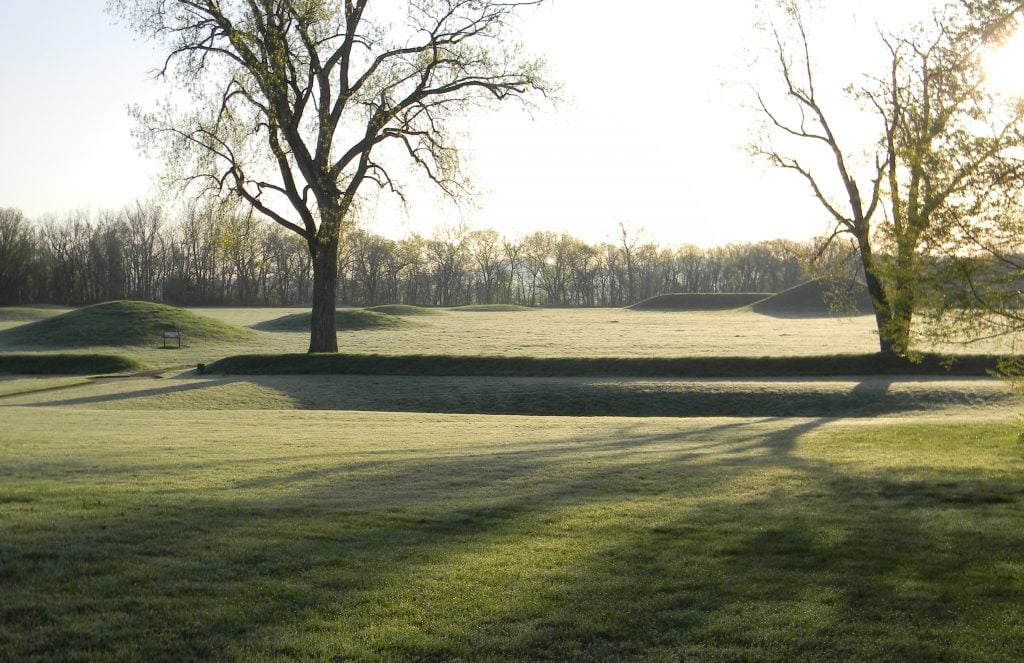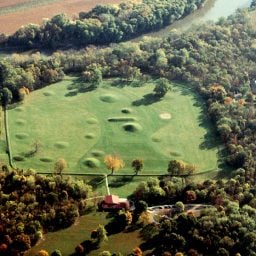In December, the Ohio Supreme Court ruled that the state’s Moundbuilders Country Club would have to turn over its lease to the Ohio History Connection, which plans to reopen the 2,000-year-old landscape architecture site as a public park. Now, the golf course—still currently in operation—has become part of the state’s first UNESCO World Heritage site.
The Hopewell Ceremonial Earthworks was among 42 new sites approved in a UNESCO World Heritage Committee vote on Tuesday, held during its annual meeting in Riyadh, Saudi Arabia. It’s only the 25th U.S. site on the list, which now includes around 1,000 culturally significant locations across the globe, including the Taj Mahal, the Great Wall of China, the Pyramids of Giza, and the Great Barrier Reef.
History Connection worked with the National Park Service and the Interior Department to convince UNESCO to recognize eight Native American earthwork constructions in central Ohio, including the Octagon Earthworks, which since 1910 has been home to the Moundbuilders Country Club. Efforts to recognize the significance of the mounds date to 1999, with the founding of what became known as the Friends of the Mounds.
The club’s lease, which runs through 2078, has been at the heart of a legal battle since 2018, when History Connection sued to take over, citing the historical and cultural import of the mounds.
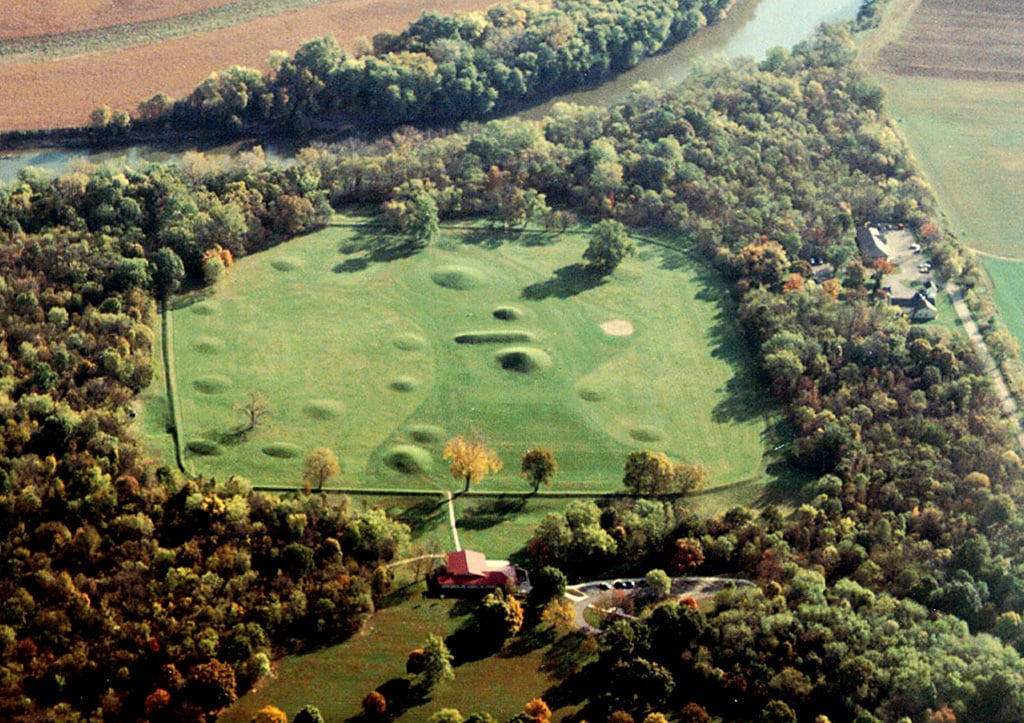
Aerial view of a mound city at Hopewell Ceremonial Earthworks in Ohio, now a UNESCO World Heritage Site. Photo by John Blank, ©Hopewell Culture NHP/US National Park Service.
Justice Michael P. Donnelly agreed, ruling in favor of the state historical society that “the historical, archaeological and astronomical significance of the Octagon Earthworks is arguably equivalent to Stonehenge or Machu Picchu.”
The UNESCO designation covers the Fort Ancient Earthworks in Warren County, five sites that are part of Hopewell Culture National Historical Park in Ross County, and the Newark Earthworks, which include the Wright Earthworks, the Great Circle Earthworks, and the Octagon Earthworks. (The Newark Earthworks are also Ohio’s official prehistoric monument.)
“Today’s designation by UNESCO is a tremendous opportunity and recognition of the contributions of America’s Indigenous Peoples,” Department of the Interior secretary Deb Haaland said in a statement. “The Hopewell Ceremonial Earthworks are unique creations of America’s indigenous people and a remarkable survival of our ancient history.”
The mounds, which History Connection has described as “part cathedral, part cemetery, and part astronomical observatory” and “the largest set of geometric earthen enclosures in the world,” were built by the Indigenous Hopewell Culture between 1 C.E. and 400 C.E. The Octagon Earthworks is so named for its eight 550-foot-long walls, enclosing a 50-acre area.
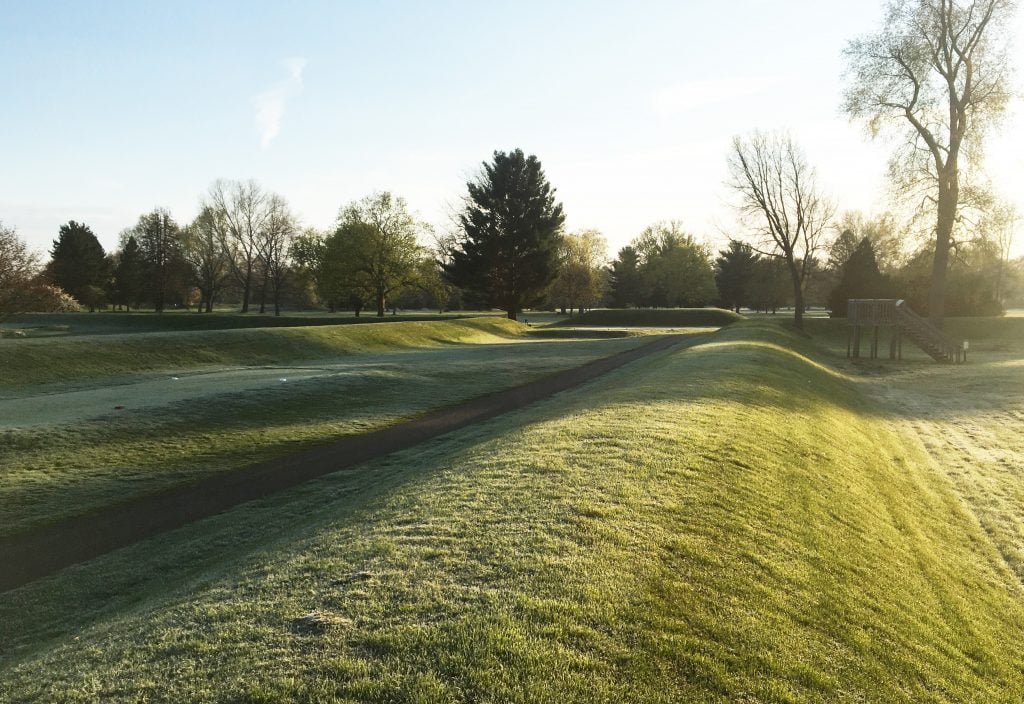
Octagon Earthworks at Hopewell Ceremonial Earthworks in Ohio, now a UNESCO World Heritage Site. Photo by Bradley T. Lepper, ©Ohio History Connection.
The large constructions served an important purpose, helping the ancient Native Americans track the movements of sun and moon across the heavens. The Newark Earthworks were built in concert with an 18.6-year moon cycle, with the central axis of the entire Octagon aligning with the northernmost rising of the moon.
“[The builders] were not just geniuses, they were uncommon geniuses,” Chief Glenna Wallace, of the Eastern Shawnee Tribe of Oklahoma, told the UNESCO committee following the vote, as reported by the Columbus Dispatch.
“Inscription on the World Heritage List will call international attention to these treasures long known to Ohioans,” Megan Wood, executive director and CEO of the Ohio History Connection, said in a statement.
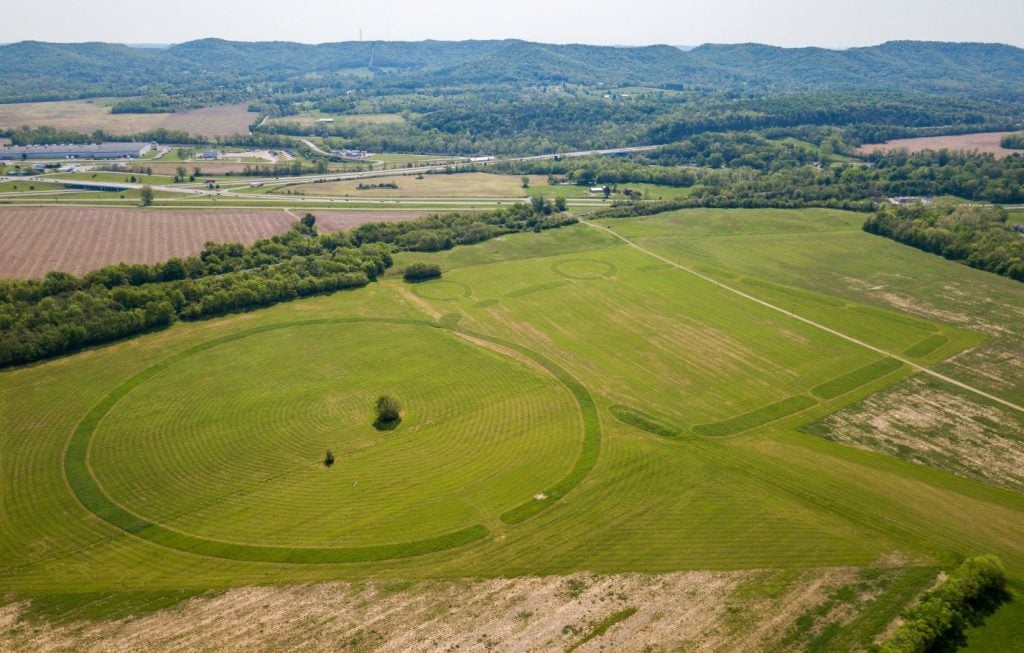
Aerial view of Hopeton Earthworks at Hopewell Ceremonial Earthworks in Ohio, now a UNESCO World Heritage Site. Photo by Tim Anderson Jr., ©First Capital Aerial Media.
The country club claims to have taken good care of the Octagon Earthworks, and to appreciate their addition to the World Heritage list.
“All we have ever asked for through this long-drawn-out situation was to be compensated fairly, thus allowing our business to continue somewhere else for our members, our community and the 100 or so people we employ,” David Kratoville, president of the club’s board of trustees, told the New York Times.
A jury trial to determine the value of the club’s lease is scheduled to begin October 17.
